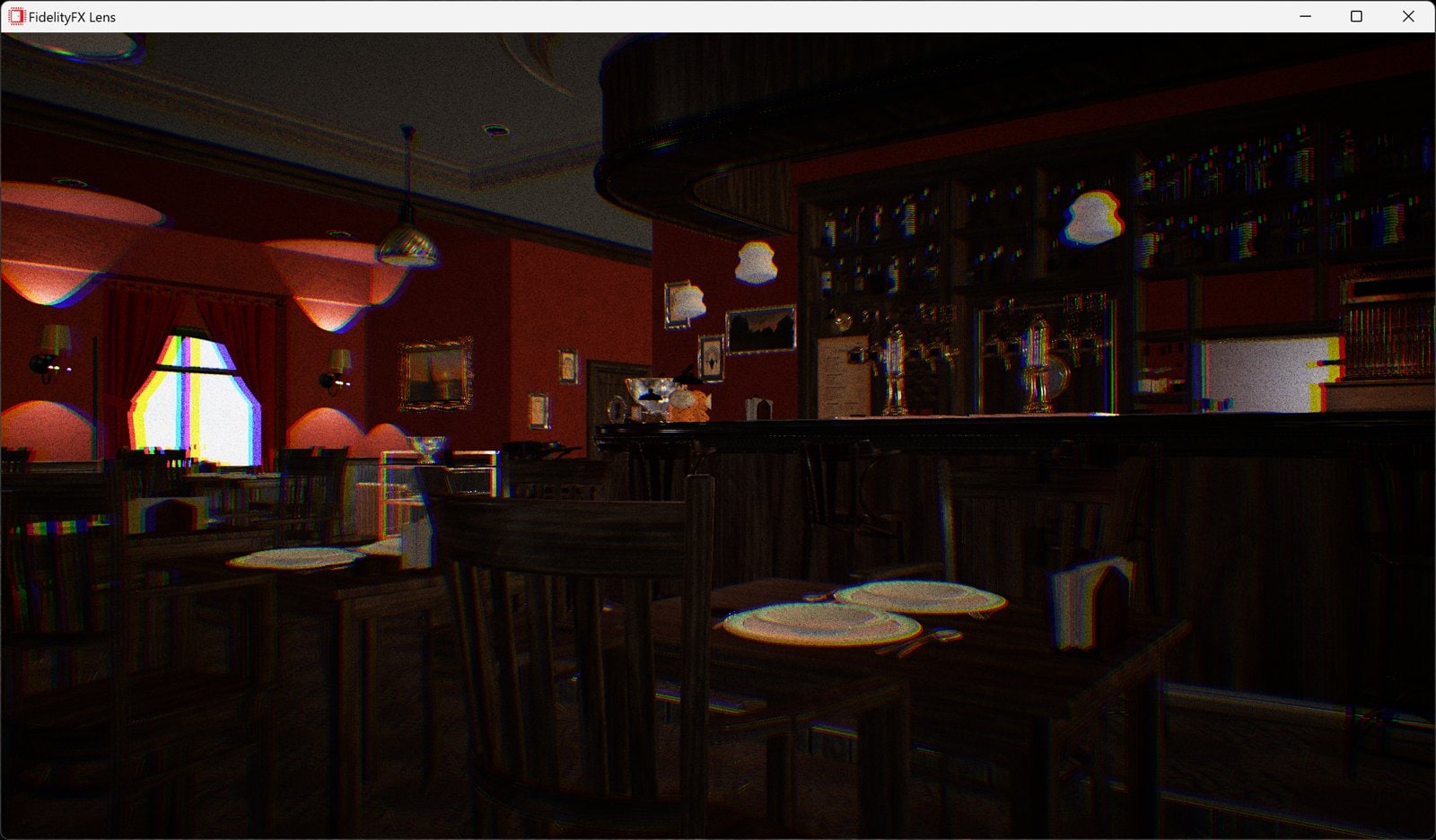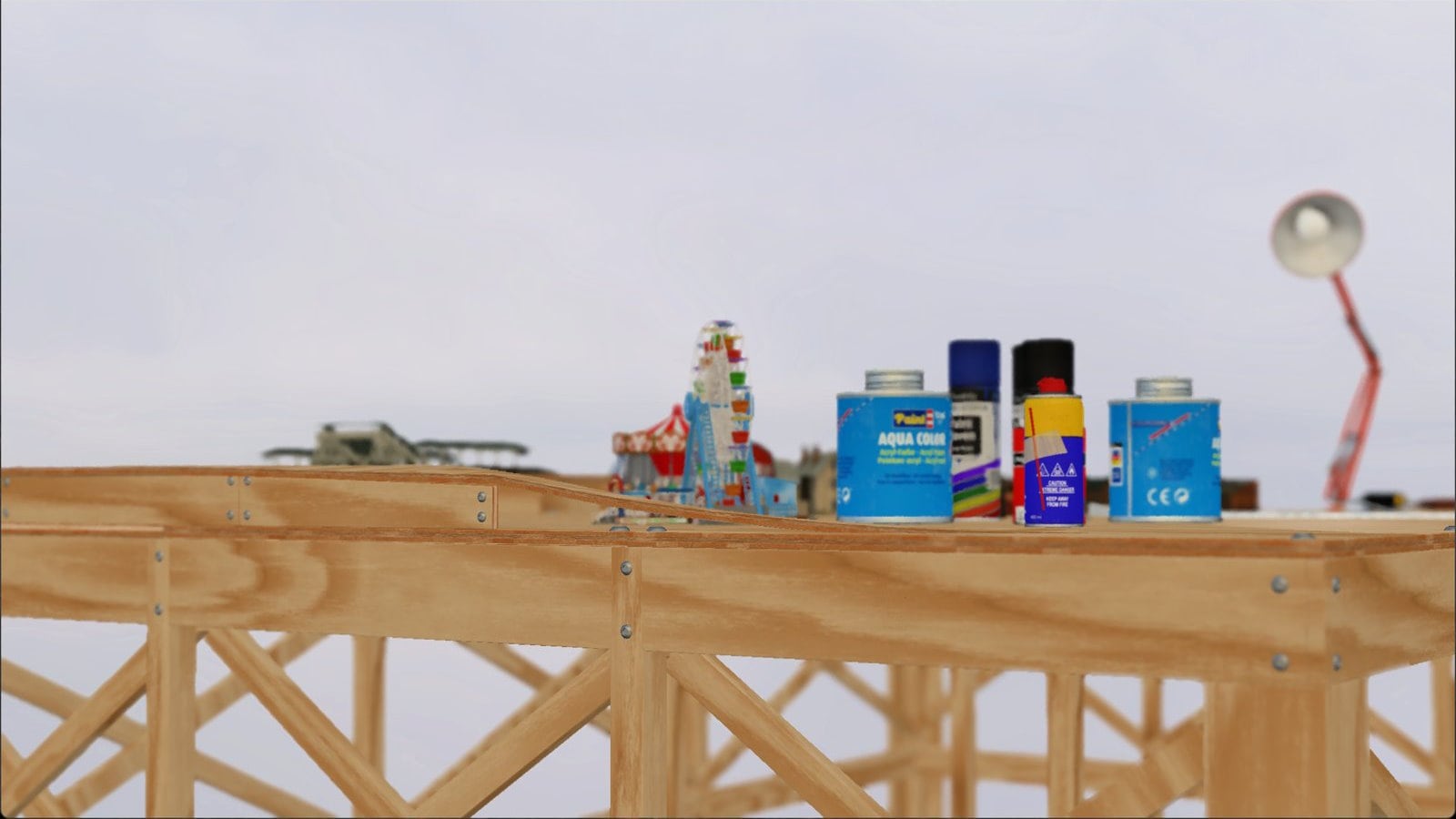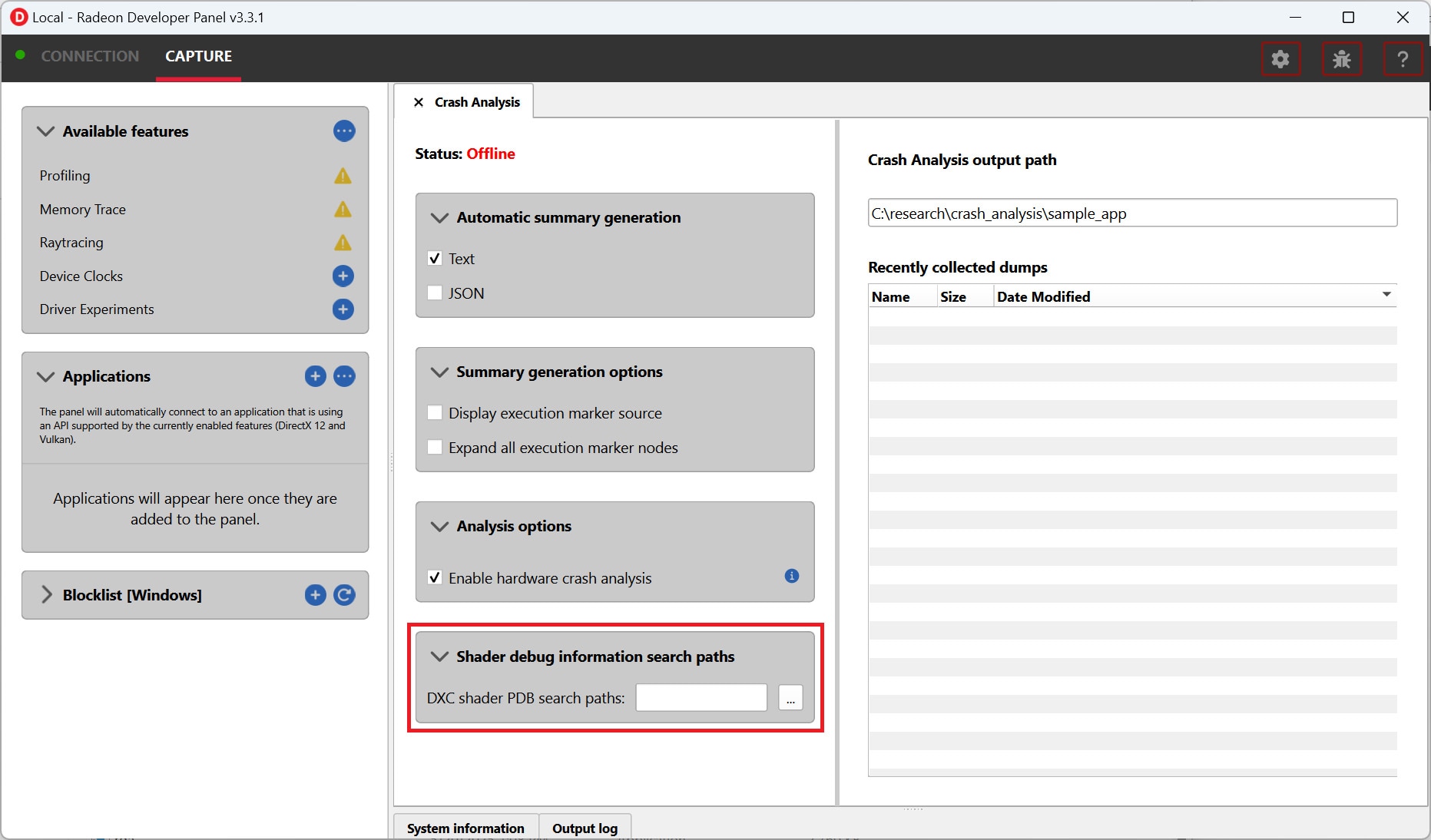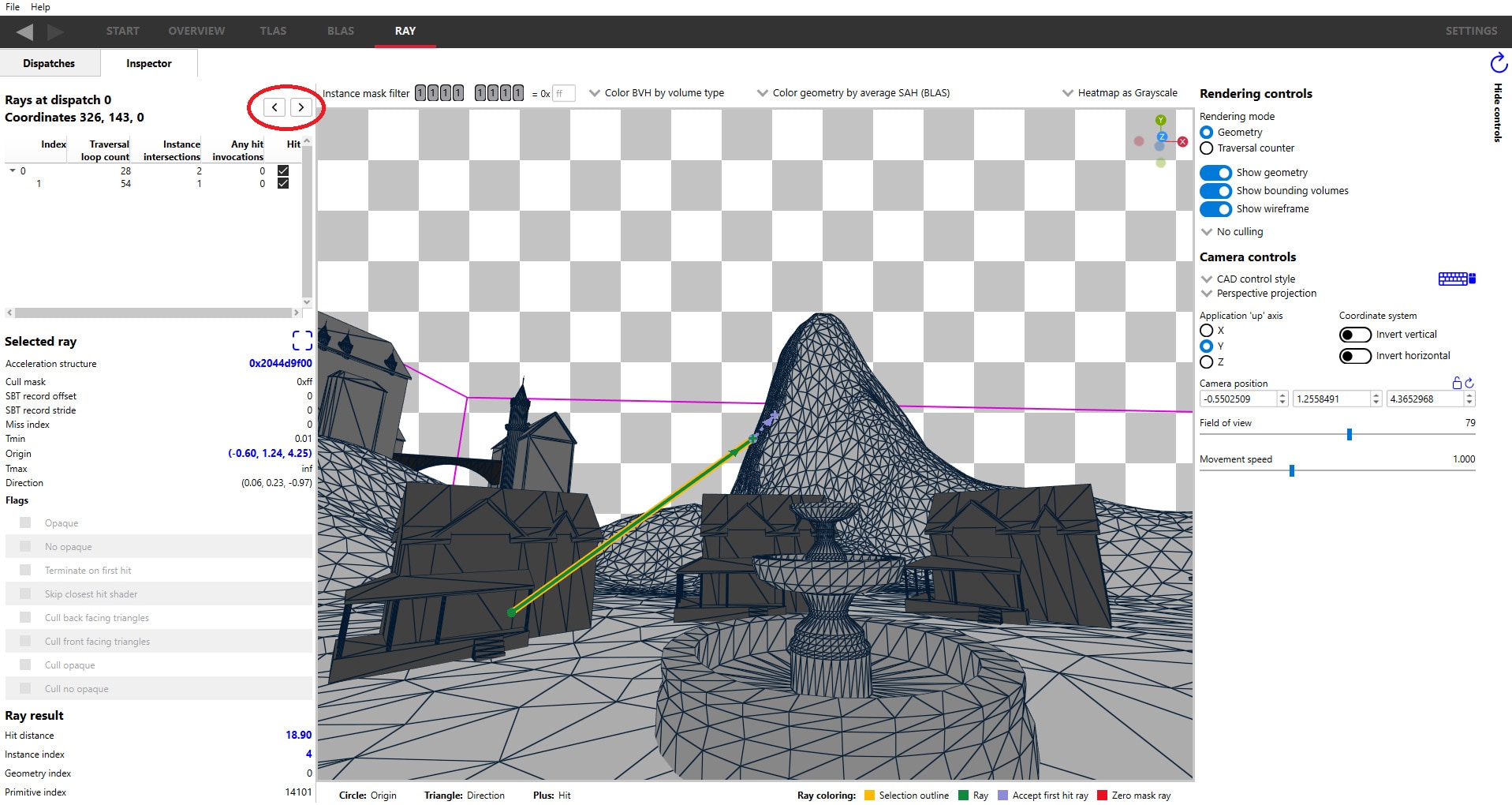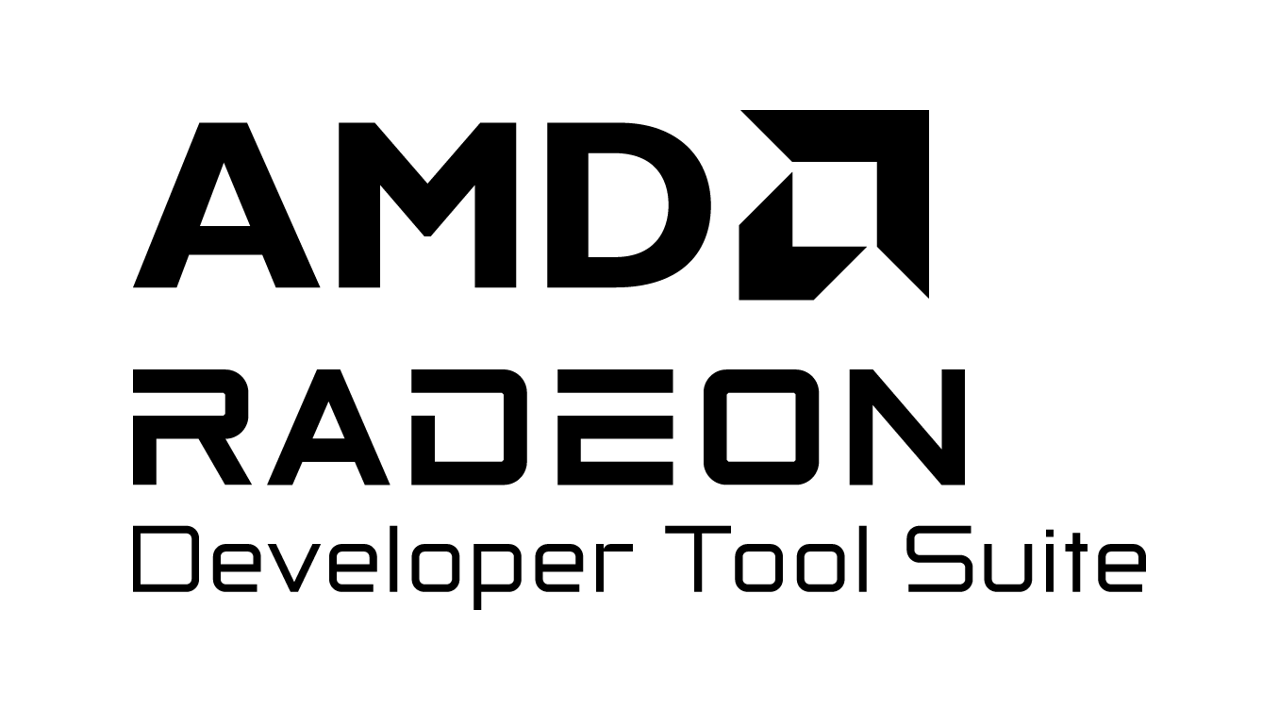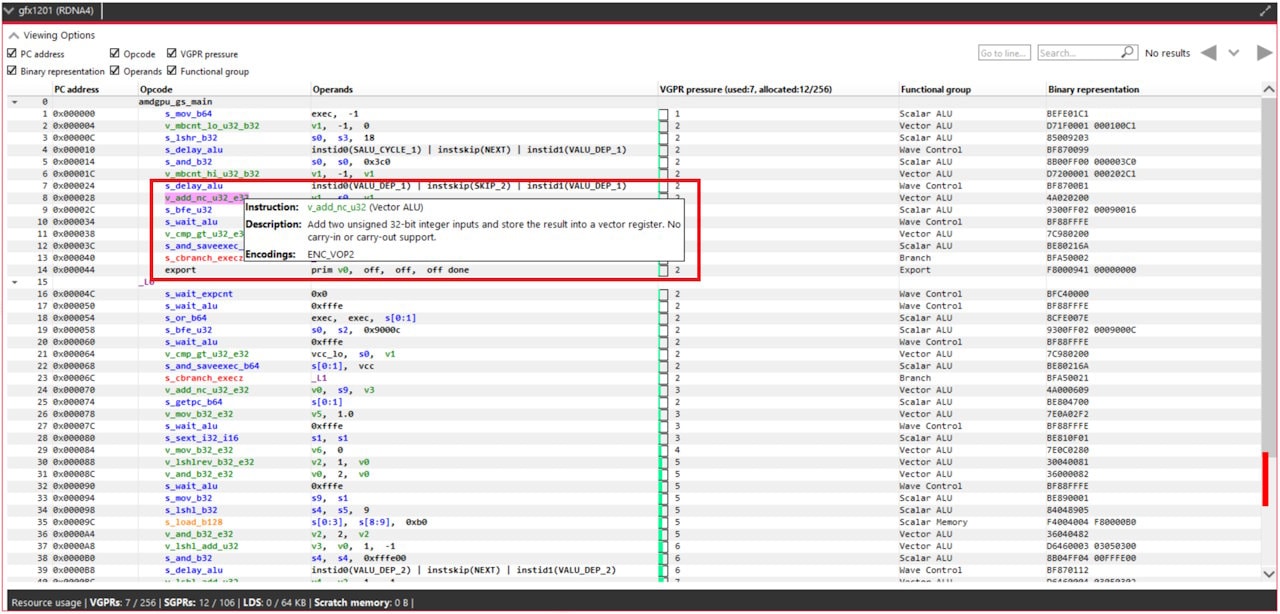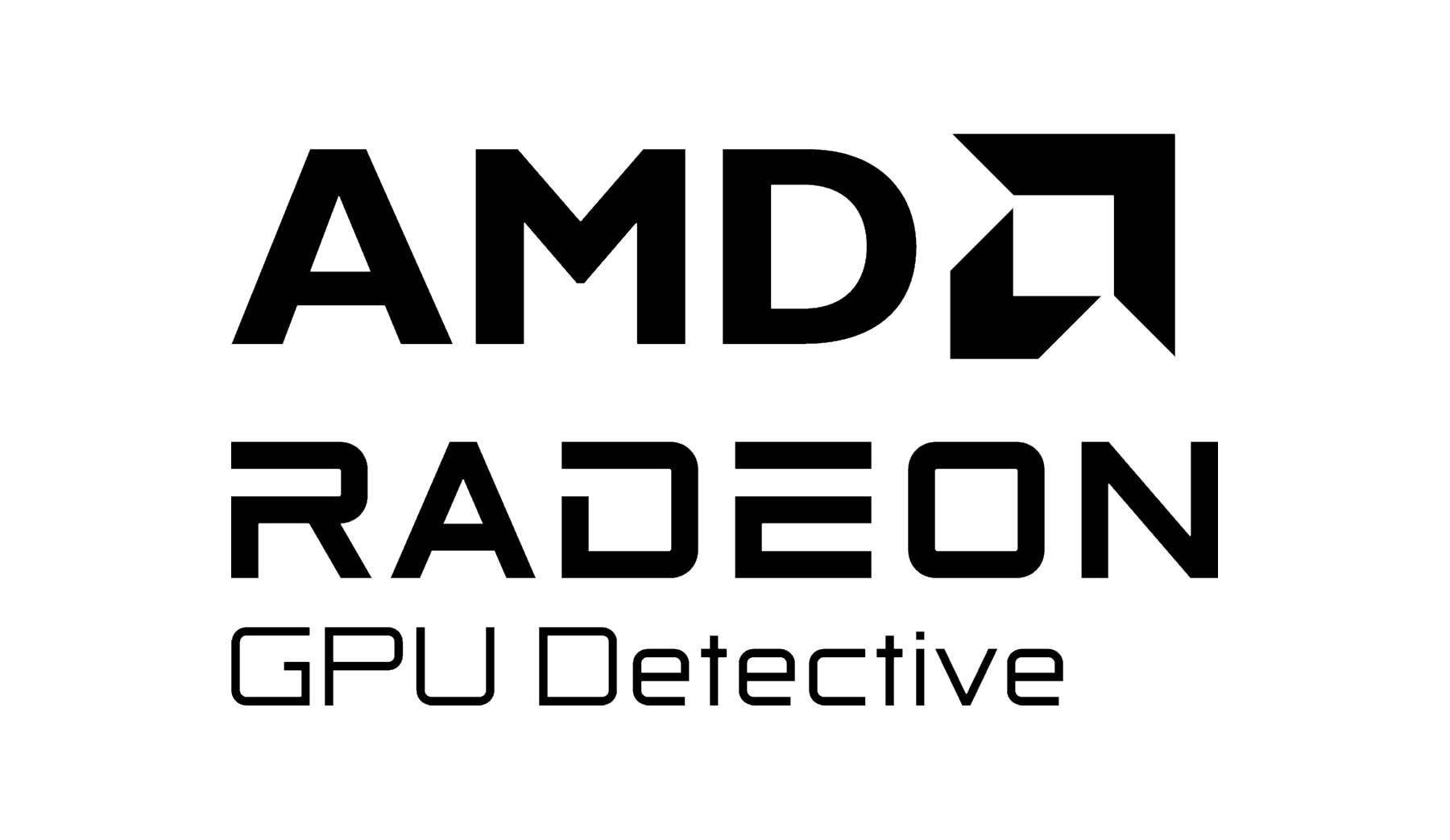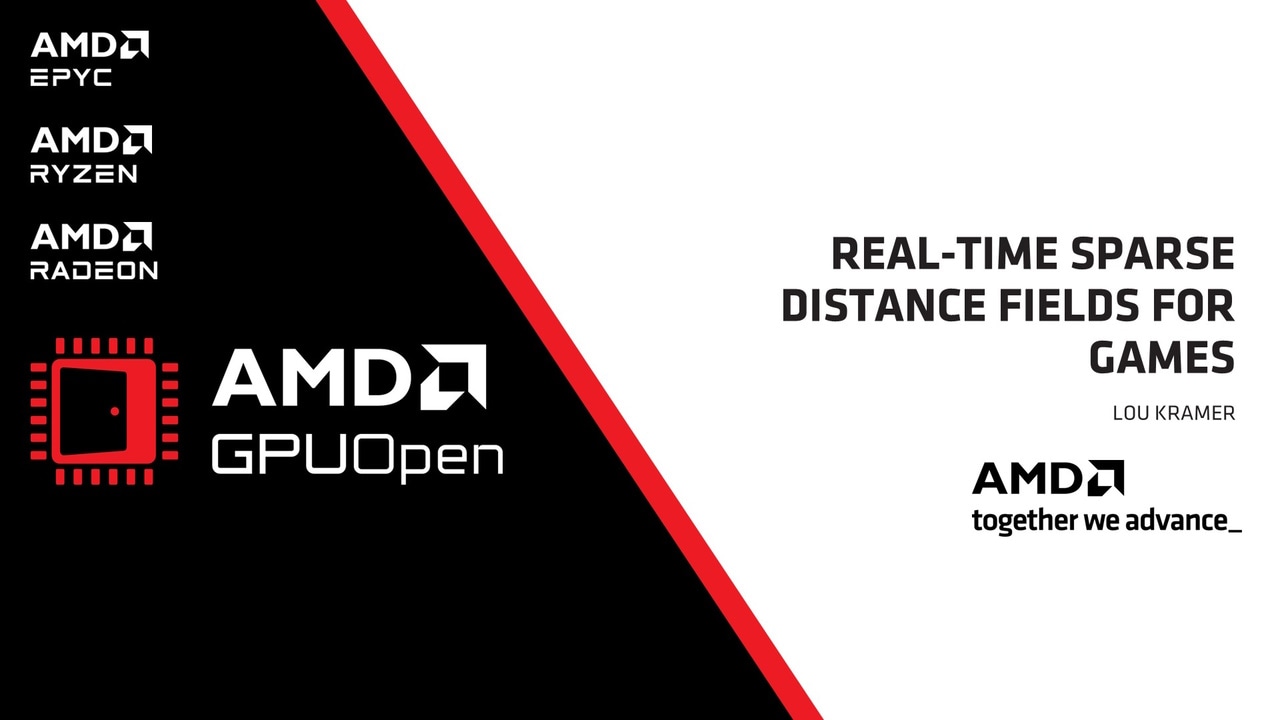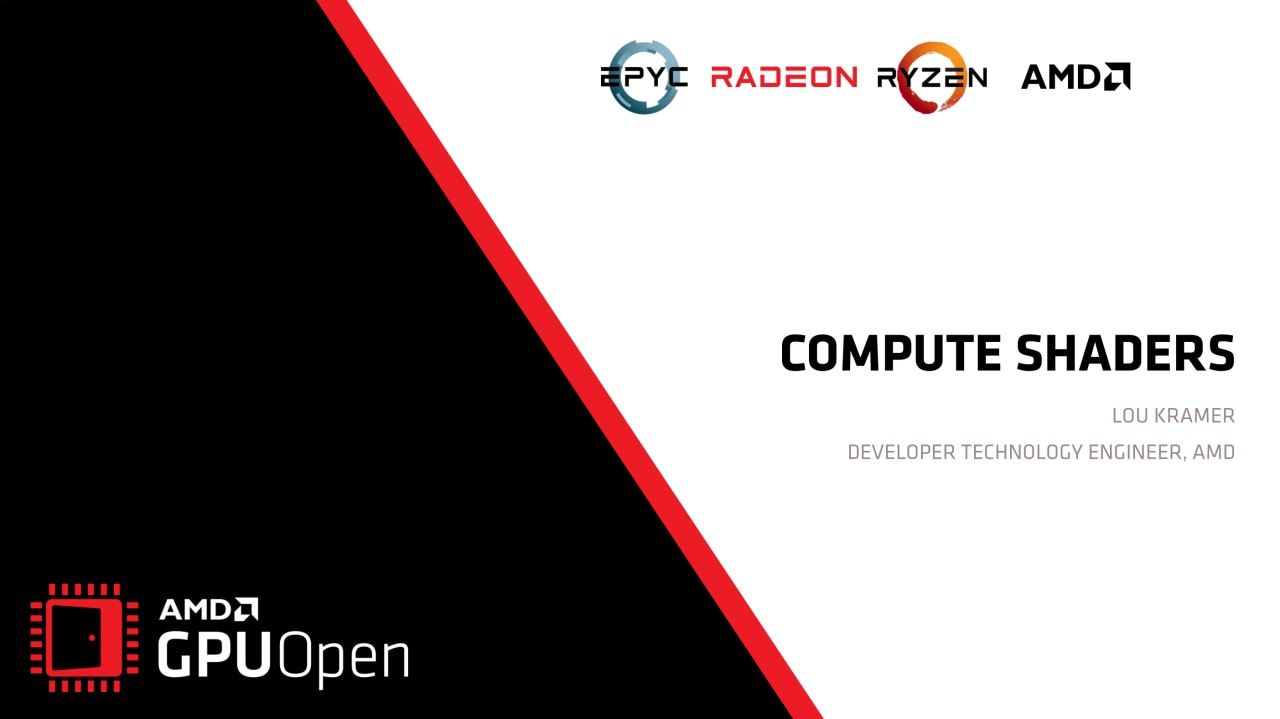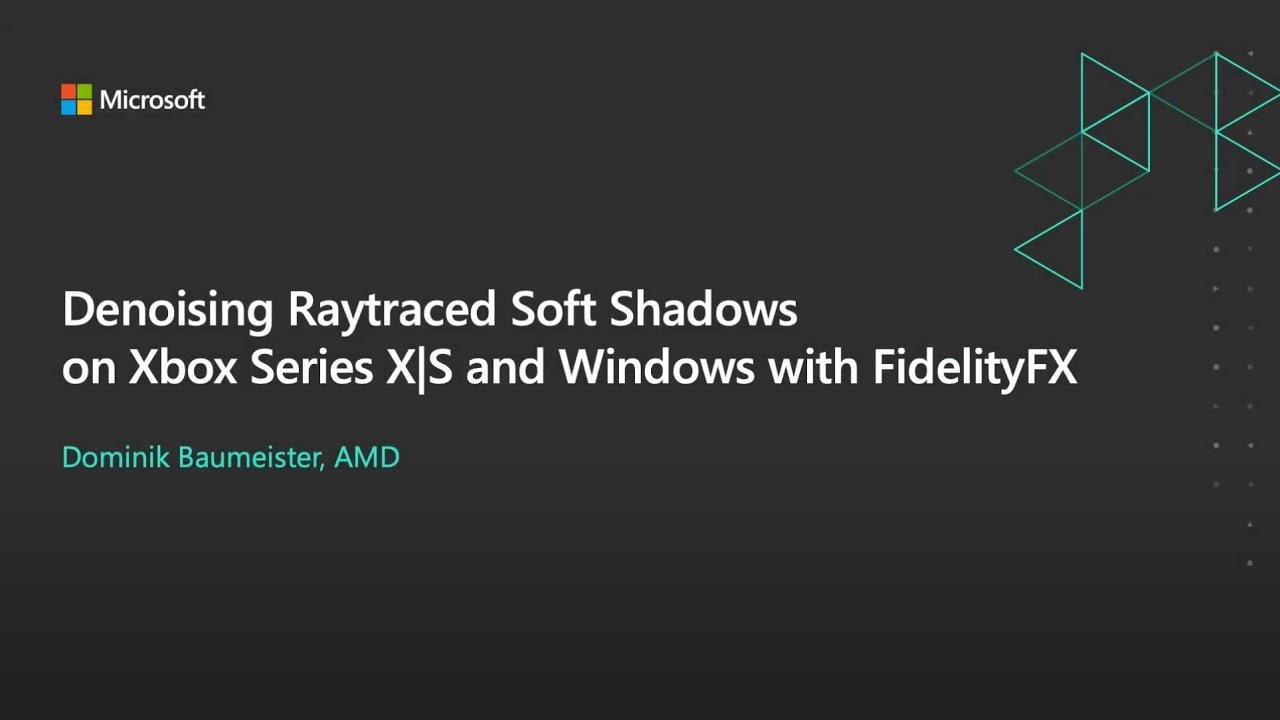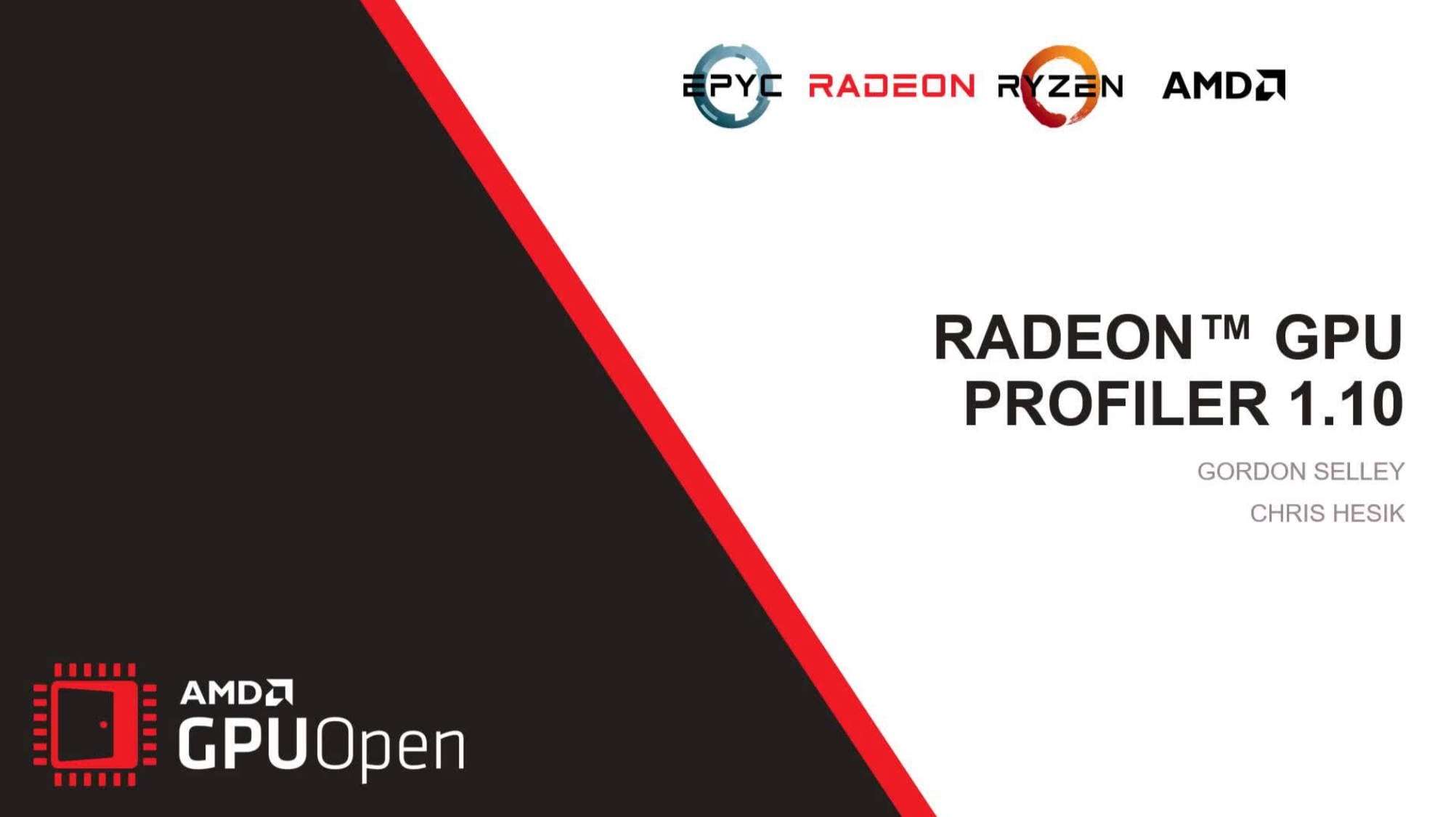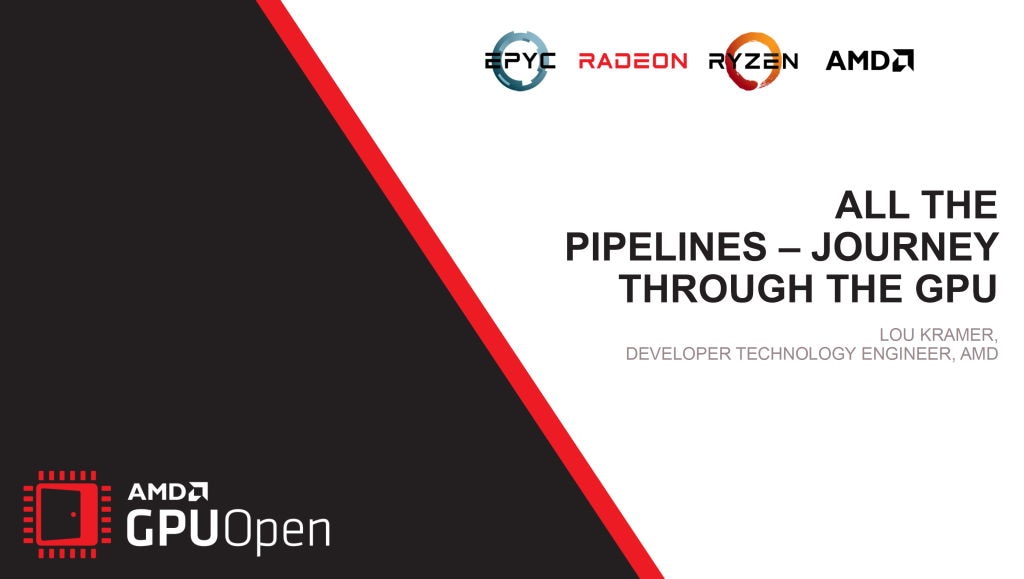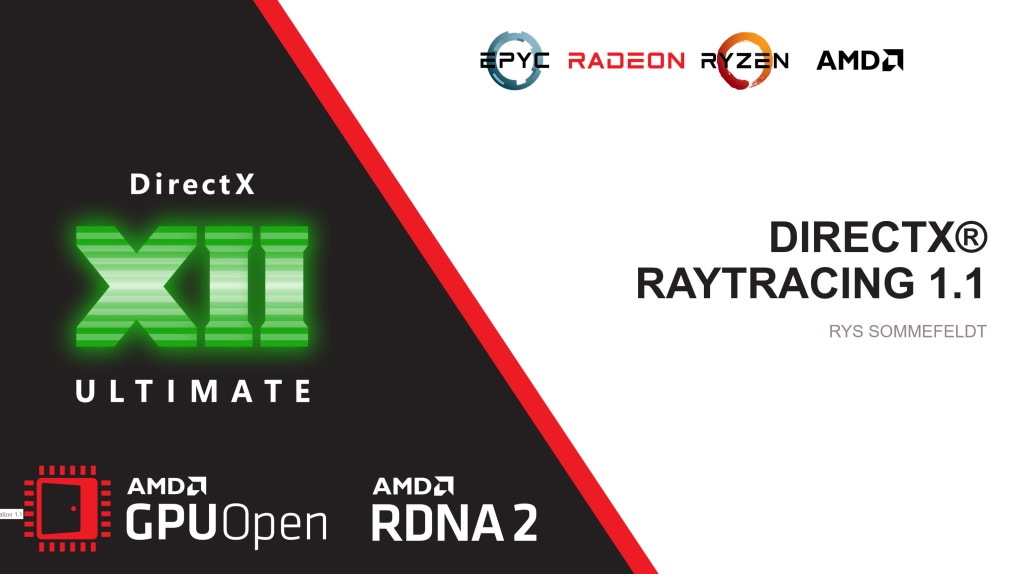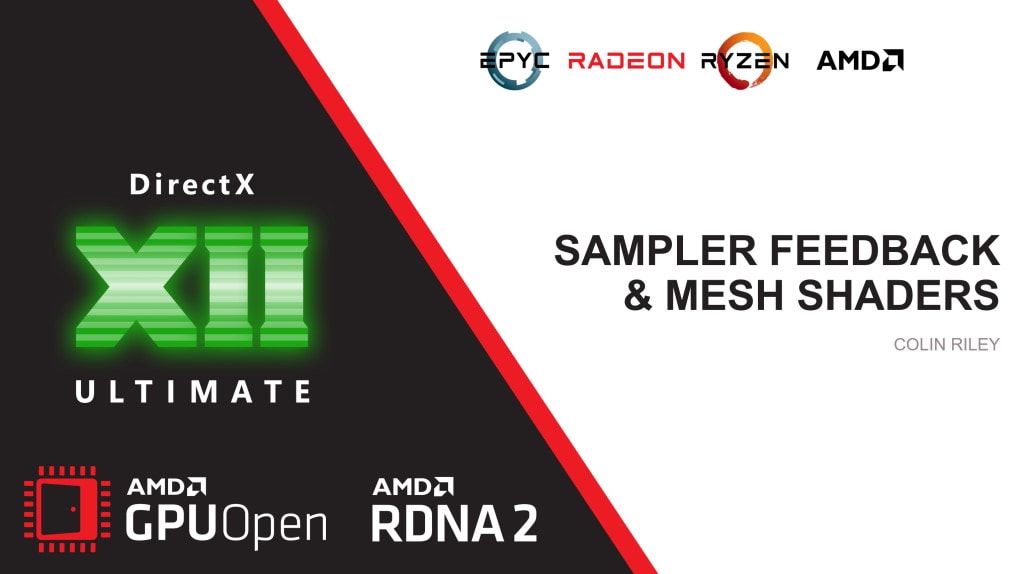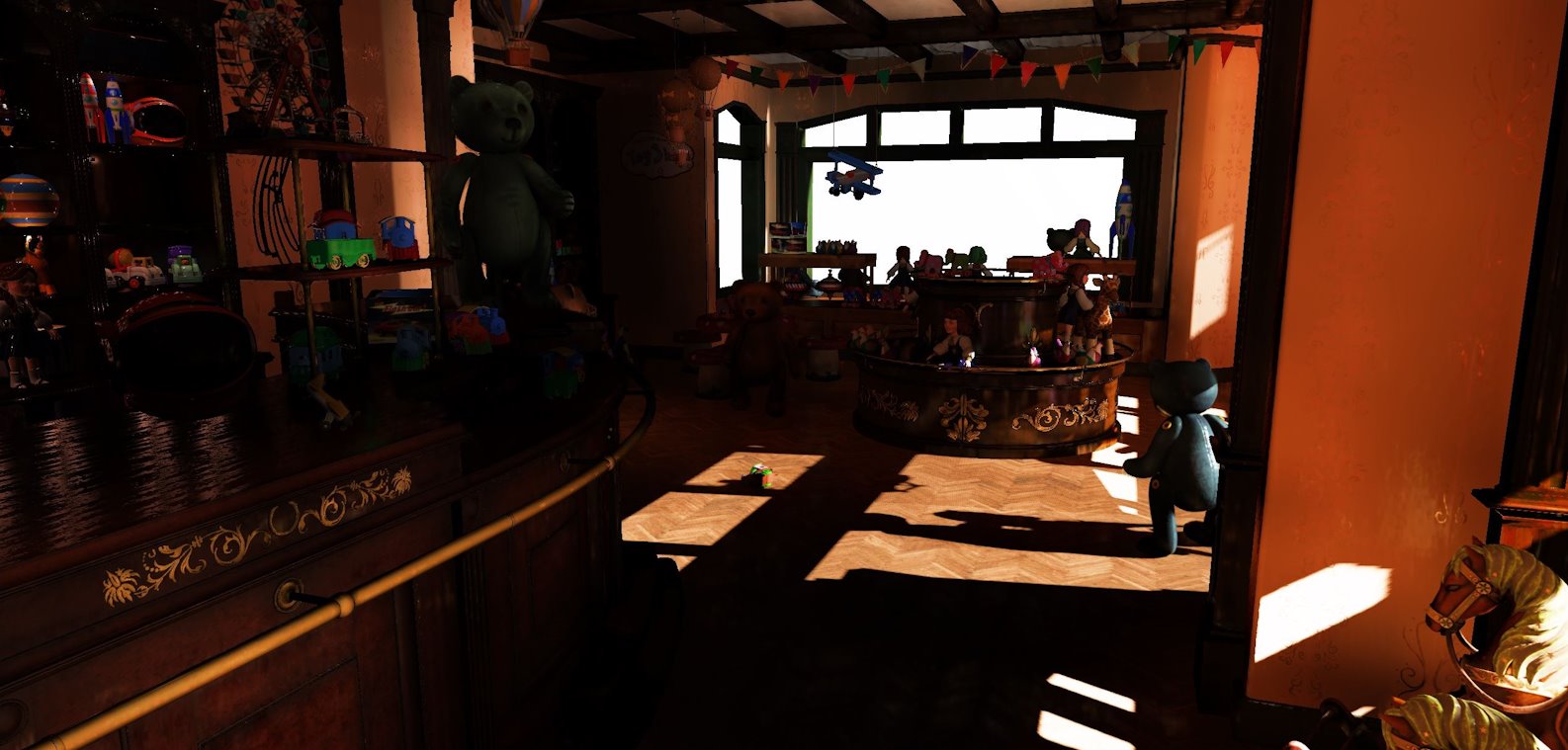
As the brilliant, tuned-in developer that you are, you are doubtlessly already aware that a little under a month ago AMD released its brand-spanking new RX 5700 and RX 5700XT GPUs. You might even own one, in which case that’s fantastic and a big thank you!
What you may not know is that these graphics cards are the first to use the beautiful new RDNA architecture. With RDNA, AMD has revisited almost every block in the hardware with a drive, tenacity and focus to make RDNA our best ever architecture for graphics and low latency compute. Among a myriad of changes, RNDA introduces a lower-latency, higher effective IPC shader core and a new cache hierarchy.
As real-time graphics developers we all know that to get the most out of the hardware it’s important that we broadly understand how it’s put together. To help you with that, the Game Engineering team – in collaboration with our colleagues around the company working in drivers, compilers and of course hardware – has been hard at work putting together an RDNA architecture presentation containing doodles, notes and explanation about the structure of RDNA, how it works, and the differences from our previous architectures. We hope you find the results of our work as interesting as you do useful.
You can find the RNDA architecture presentation here.
You may also be interested in the RDNA shader Instruction Set Architecture document here and the RDNA Architecture Whitepaper here.

